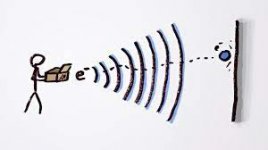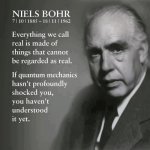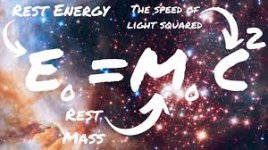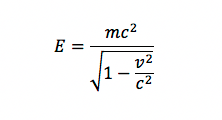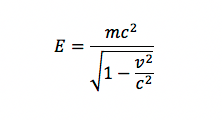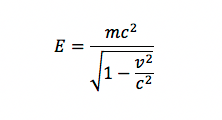According to Lindley, something happened in 20th-century theoretical physics
that caused some in the field to “reach back to the ancient justifications
for mathematical elegance as a criterion for knowledge, even truth.”
In 1963, the great English quantum physicist Paul Dirac famously wrote,
“It is more important to have beauty in one’s equations than to have them fit an experiment.”
To be fair, Dirac was a rather special individual,
since many of his mathematical predictions turned out to be correct,
such as the existence of antimatter, which was discovered a few years
after his equation predicted it.
But other physicists took this view to an extreme.
The Hungarian Hermann Weyl went as far as to say,
“My work always tried to unite the truth with the beautiful,
and when I had to choose one or the other, I usually chose the beautiful.”
Lindley argues that this attitude is prevalent among many researchers working
at the forefront of fundamental physics today and asks whether these physicists
are even still doing science if their theories do not make testable predictions.
After all, if we can never confirm the existence of parallel universes,
then isn’t it just metaphysics, however aesthetically pleasing it might be?
But Lindley goes further by declaring that much fundamental research,
whether in particle physics, cosmology or the quest to unify gravity
with quantum mechanics, is based purely on mathematics and should not be regarded
as science at all, but, rather, philosophy.
And this is where I think he goes too far.
Physics has always been an empirical science;
just because we don’t know how to test our latest fanciful ideas today does not mean we never will.
---
https://www.nytimes.com/2020/03/17/books/review/dream-universe-davidlindley.html
===


